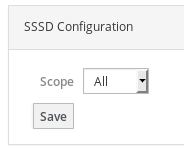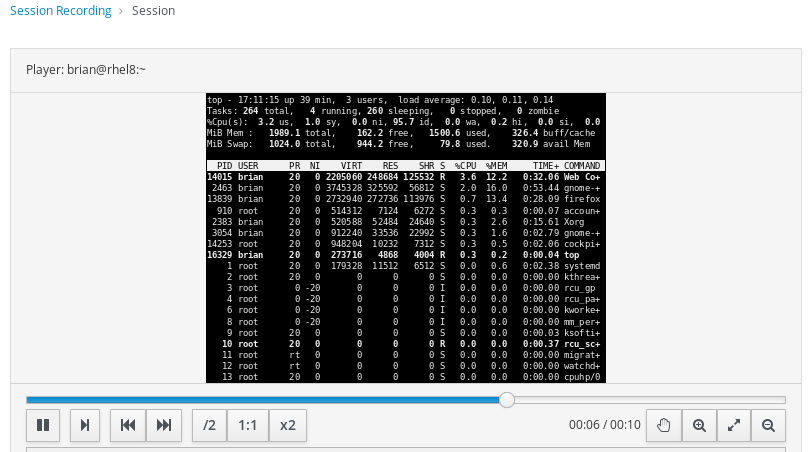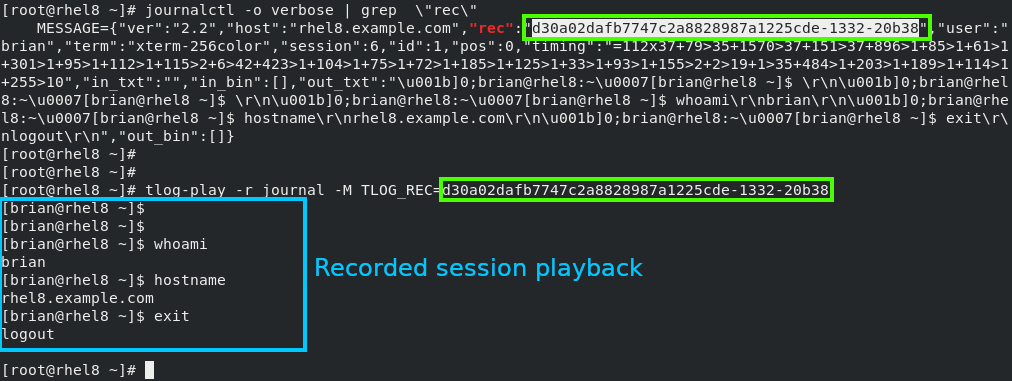CentOS 8 has been released and it includes some really amazing features. One feature that many security admins will greatly appreciate is session recording. With this feature, CentOS will record any/all SSH sessions, which includes all of the user activity that occurs during the session. Once recorded, videos of these sessions can be played back by any admin with a Cockpit login.
What you'll need
To make this work, you'll need the following:
- A running instance of CentOS 8
- A running instance of Cockpit
- A user with sudo privileges
How to install necessary packages
Before that first session can be recorded, there are a few packages that must be installed. Open a terminal window and issue the following commands:
sudo systemctl enable --now cockpit.socket"
sudo dnf install tlog
sudo dnf install sssd
sudo dnf install cockpit-session-recording
sudo dnf install systemd-journal-remote
Then setup a very basic SSSD configuration to manage local RHEL users.
To do this, I created an /etc/sssd/sssd.conf file with this basic example configuration:
[domain/local]
id_provider = files
[sssd]
domains = local
services = nss, pam, ssh, sudo
I then set the sssd.conf file permissions, and restart sssd:
chmod 600 /etc/sssd/sssd.conf
systemctl restart sssd
The next step is to open a web browser and to browse to the cockpit web interface, which is available on port 9090. I used firefox, and browsed to https://<IP-Address>:9090, where <IP-Address> is the IP address of the RHEL 8 server.
Login to cockpit either as the root user, or you can login with another user with sudo privileges, and check the box on the login screen to "Reuse my password for privileged tasks".
Once logged in, click on the "Session Recording" link on the left hand menu, then click the configuration gear button in the upper right corner.

















